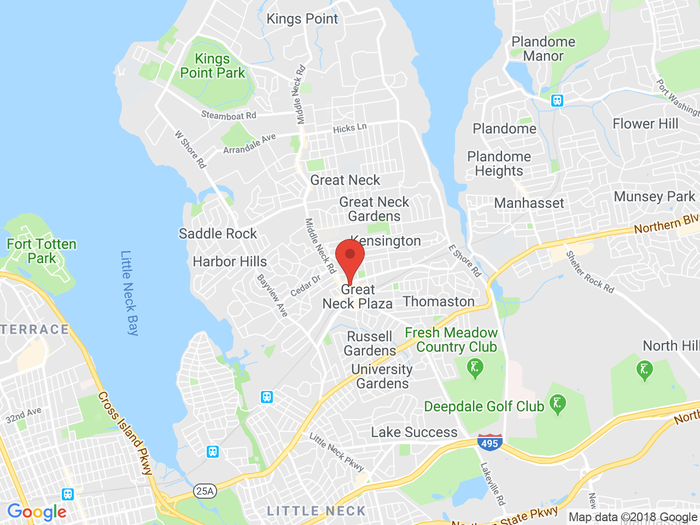Blog
Should I Choose A Dentist That Offers Sedation For Normal Office Visits?
When looking for a new dentist or looking for a particular procedure, you should always take note if that dentist offers sedation for that treatment. Specific procedures - such as the removal of a wisdom tooth, for example - require a patient to be sedated. However, the type of sedation may vary - and that will depend on the patient and the procedure being performed.
Types of Sedation
Nitrous Oxide
Nitrous oxide, more commonly known as laughing gas, is a sedative that is used in dental procedures. Nitrous oxide allows the patient to relax. How nitrous oxide works is the patient will inhale the gas - usually through a tube that is attached to the nose - and within a minute or two, the patient will begin to feel the effects. Depending on the patient and the procedure, some patients will need an additional sedative. With nitrous oxide, patients will be able to drive themselves home after the procedure.
IV Sedation - Twilight and General Anesthesia
IV sedation can be broken down into two categories: twilight and general anesthesia. Twilight anesthesia is when the patient is not made fully unconscious; the patient is still ‘awake’ and can breathe under their own volition. If necessary, the patient can be awoken while under twilight anesthesia.
General anesthesia is a more potent sedative. While under general anesthesia, the patient will be completely unconscious; the patient cannot even breathe on their own. For dental procedures, general anesthesia is much less common than twilight anesthesia. For both twilight and general anesthesia, the patient will not be able to drive themselves home; they will need someone to accompany them
Oral Sedation
An oral sedative is a mild form of sedation. In this case, the patient will take a pill, or perhaps more, according to the doctor’s orders. The sedative will allow the patient to relax under the dentist’s care completely. Unlike IV sedation, the patient will be awake during the procedure.
What to Expect with a Sedative
The side effects that the patient experiences after taking the sedative will depend on the type of sedative used. For example, with nitrous oxide, the patient can expect very mild grogginess and fatigue after but can also expect to be able to drive a car and carry on with the rest of their day. With oral sedation, the patient will need to listen to their doctor and see what the guidance is with regards to driving a car. With either twilight or general anesthesia, the patient will not be able to drive a car. Anesthesia is a very powerful sedative and will bring with it strong side effects, such as nausea and fatigue.
The Pros and Cons of Sedatives
Depending on the procedure, a patient will need to take some sort of sedative. Sedatives can be great because they allow the patient to fully relax and receive the best treatment possible. However, sedatives do leave side effects - and those side effects will vary depending on the type of sedative, dose, and the patient.
So, whenever a dentist recommends a sedative to be used during a dental procedure, make sure that you understand the side effects of the sedative and what you can expect while experiencing it. If you need help figuring out a treatment that will work for you, do not hesitate to reach out to Dr. Liberman of Great Neck Family Dentist. She and her team have the experience and expertise to get you the dental treatment that you need.
Contact Us
Never been happier with a dentist before! The professionalism, individual care, sparkling clean office, and the range of services are amazing. Highly recommended!

